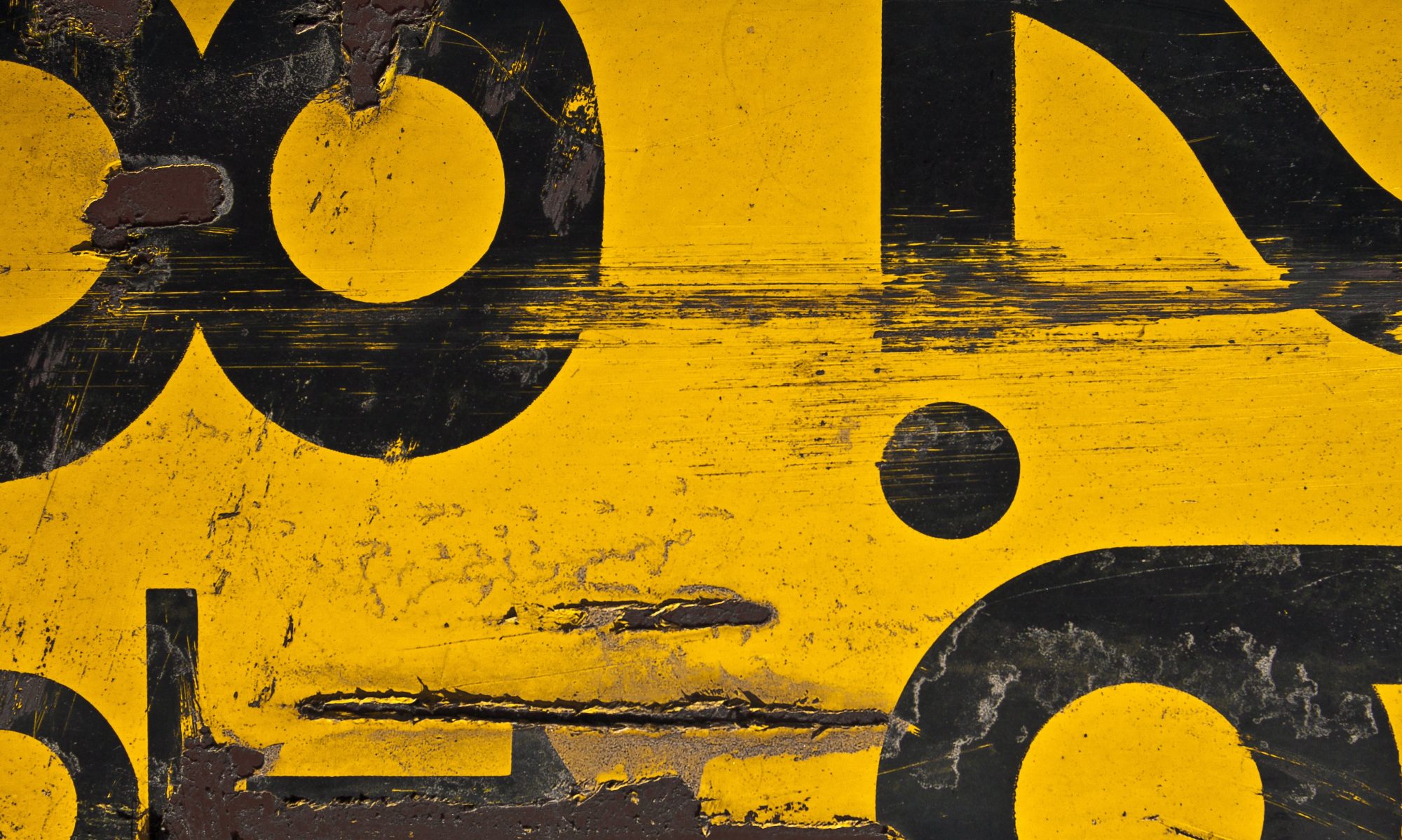Just got the good news that my paper, “’Things without Head, or Tail, or Form, or Grace’: The Hypercorporeality of Farce on the Early Eighteenth-Century Stage,” has been accepted for the 2010 American Society for Eighteenth-Century Studies conference in Albuquerque! My work, particularly invested in theater overwhelmingly about the body and its metamorphoses, the theater of farce, will be read in a panel “The Whole Show on the Eighteenth-Century Stage.” Here’s my proposal:
Tobin Siebers’ useful model of “the body aesthetic” (University of Michigan, 2000) allows us to think of creative practice as always a practice of “making and remaking…the human” (3). In the early eighteenth century, farcical afterpieces routinely turn on or build to a crucial act of violence comically staged—an act of comic violence that draws our attention to the processes by which the human is made and remade. Often, this is a literal violence—bodies are kicked, cudgeled, and tossed in blankets. Sometimes the violence of farce is less conventionally apparent as such, taking the form of verbal abuse that far overreaches the merely indecorous, scenes of humiliation and the abasement of the human, scenes playing on the fine line separating life and death. And sometimes the violence of farce is directed
against language itself, one of the most telling signs of all that is human and civilized and capable of being reformed by the dulce et utile.
In the eighteenth century, as Siebers has noted, “more often than not, the object of art is the body.” Farce thrives on the actions of bodies that, in their very embodiment, problematize the imagined integrity of the human. Instead of insisting that the beautiful body is the fittest vehicle for the legitimate work of the stage, farce extols the im/perfections of the flesh. In doing so, these bodies also confront us with another spectrum of the human, a spectrum in which
corporeality figures as its most fundamental refuge—and thus, the most fundamental refuge of art and expression. In this essay, I argue that early eighteenth-century farce consciously explores the power of the distressed body, especially the power of the distressed body to inspire not just amusement and entertainment, but even a kind of art.
Taking farce seriously, this essay looks closely at a handful of the most popular farcical afterpieces on the legitimate stage—especially work by Centlivre, Hill, Griffin, Bullock, Johnson, and Carey—to suggest the aesthetic contours of the form as a function of its hypercorporeality. This corporeal aesthetic is one framed by questions about the uses to which the human body can be put. In the bodies of farce, affliction and artistry collide, conjuring an image of the human as somehow outside of or critical toward emerging aesthetic norms.
